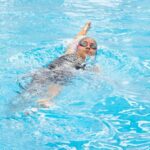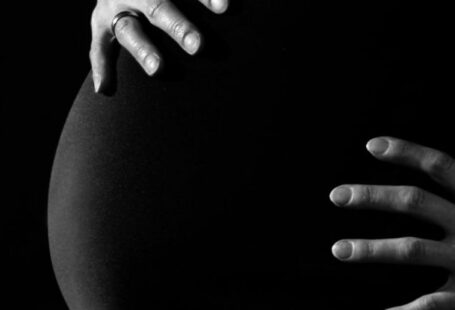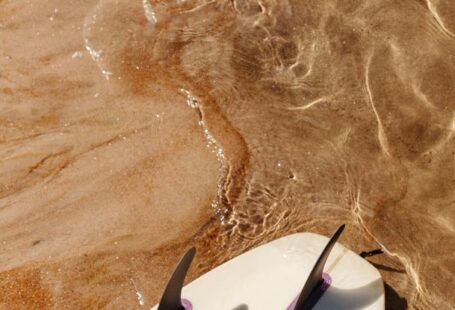Triathlon swimming requires a unique set of skills that differ from traditional pool swimming due to the open water environment and the need to conserve energy for the bike and run segments. Among the key elements of triathlon swimming, the swim stroke technique stands out as a crucial factor that can significantly impact an athlete’s performance. Finding the ideal triathlon swim stroke technique is essential for maximizing efficiency, speed, and energy conservation in the water.
**The Importance of Technique**
In the world of triathlon, efficiency is key. A swim stroke technique that allows athletes to move through the water with minimal resistance and maximum power can make a significant difference in their overall performance. The ideal triathlon swim stroke technique should focus on reducing drag, conserving energy, and maintaining proper body alignment to enhance speed and endurance.
**Body Position**
Maintaining a streamlined body position is essential for efficient swimming in a triathlon. The ideal swim stroke technique should prioritize body alignment to reduce drag and increase propulsion. Keeping the body parallel to the water surface, with the hips and legs close to the waterline, can help minimize resistance and improve overall speed. Engaging the core muscles to stabilize the body and prevent excessive swaying or snaking motion can further enhance efficiency in the water.
**Arm Movement**
The arm movement in the triathlon swim stroke plays a critical role in propulsion and speed. A high elbow catch is often emphasized as an essential component of an effective swim stroke technique. By entering the water with a high elbow position and engaging the forearm and hand early in the stroke, athletes can maximize the pulling phase and generate more power with each stroke. A smooth and continuous arm movement, combined with a strong catch and pull, can help propel swimmers through the water with efficiency and speed.
**Breathing Technique**
Proper breathing technique is another key aspect of the ideal triathlon swim stroke. In open water swimming, where conditions can be unpredictable and crowded, mastering the art of bilateral breathing can be beneficial. Alternating breathing on both sides allows athletes to adapt to changing water conditions, navigate around other swimmers, and maintain a balanced stroke rhythm. Developing a relaxed and rhythmic breathing pattern that syncs with the arm movement can help triathletes conserve energy and stay focused during the swim leg of the race.
**Kick Strategy**
While the kick may not be the primary source of propulsion in triathlon swimming, it still plays a role in maintaining body position and balance in the water. The ideal triathlon swim stroke technique should incorporate a kick strategy that complements the overall stroke mechanics without causing excessive fatigue. A moderate and rhythmic kick, focusing on generating propulsion from the hips rather than the knees, can help stabilize the body and aid in forward momentum without expending unnecessary energy.
**Practice and Adaptation**
Finding the ideal triathlon swim stroke technique is not a one-size-fits-all approach. It requires practice, experimentation, and adaptation to individual strengths and limitations. Triathletes should work with coaches, attend swim clinics, and incorporate drills into their training to refine their technique and improve efficiency in the water. By focusing on key elements such as body position, arm movement, breathing technique, and kick strategy, athletes can fine-tune their swim stroke to suit their needs and enhance their performance on race day.
**In Summary**
In the world of triathlon, the swim leg sets the tone for the rest of the race. Finding the ideal swim stroke technique can make a significant difference in an athlete’s overall performance by enhancing efficiency, speed, and energy conservation in the water. By prioritizing proper body alignment, arm movement, breathing technique, and kick strategy, triathletes can refine their swim stroke to optimize their performance and achieve their goals in the water. Practice, patience, and a willingness to adapt are key to mastering the ideal triathlon swim stroke technique and setting the stage for success on race day.





